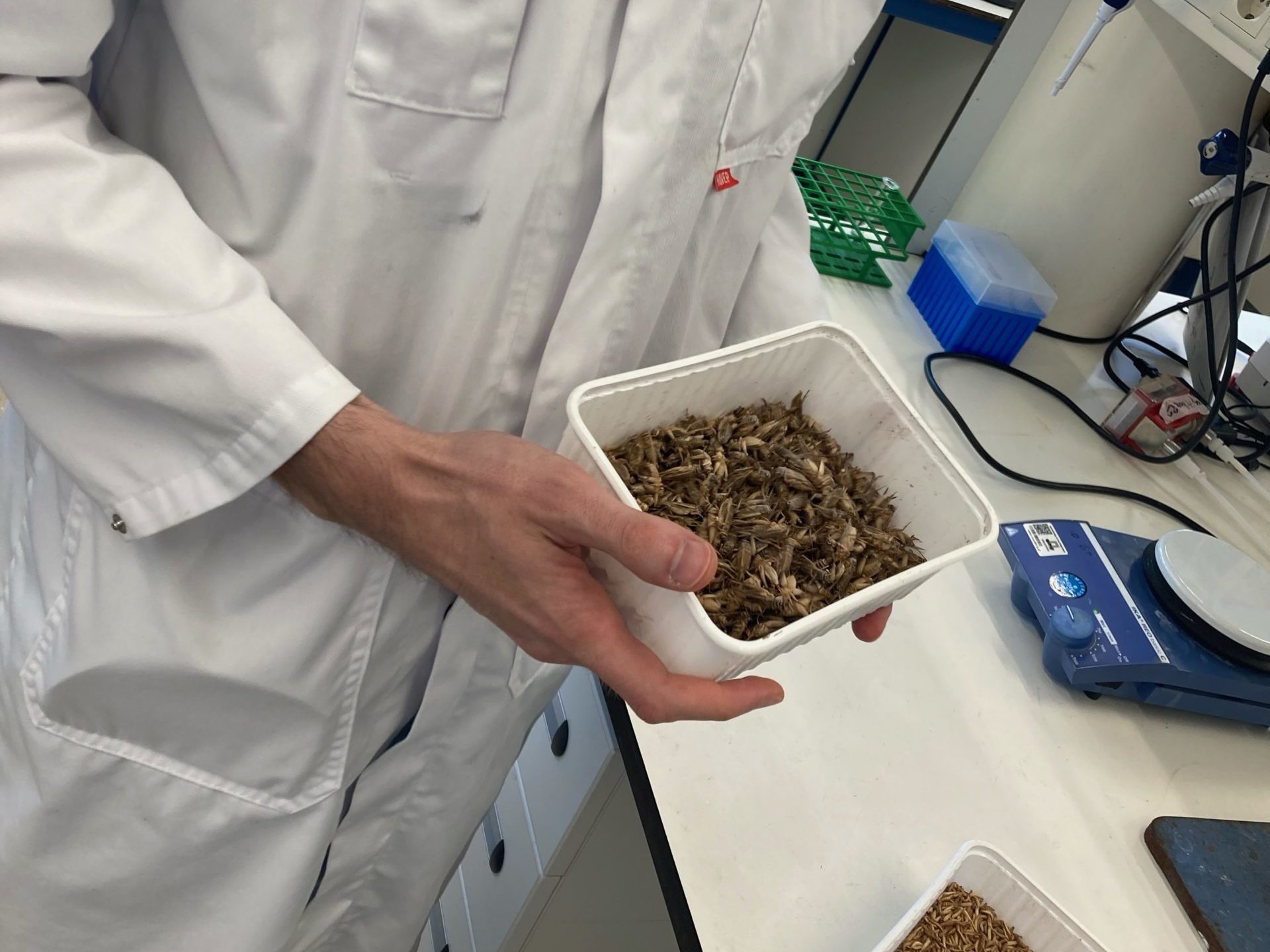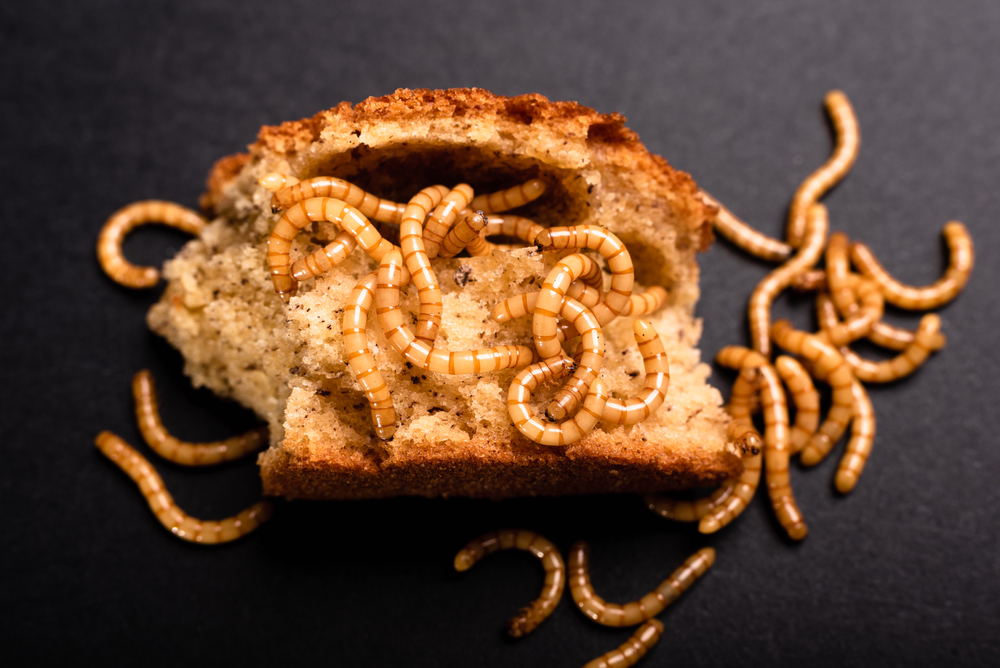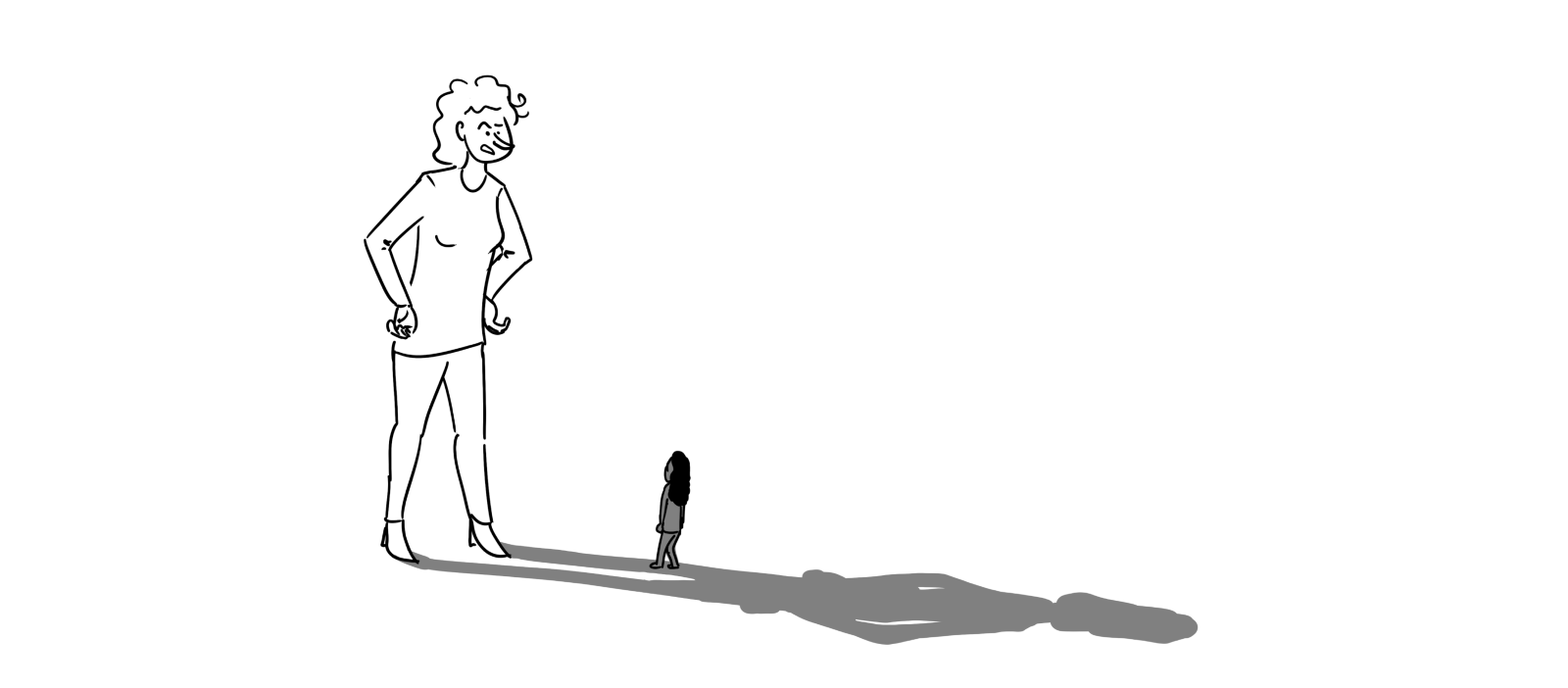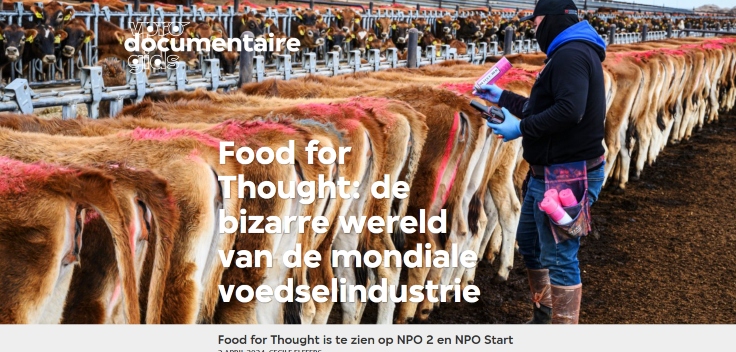Insects must first be stripped of bacteria before processing if they are to be consumed safely. Currently, this is done through heating, but that limits the potential uses of insect proteins. PhD candidate Luc Sweers studies alternative methods of purification.
‘The European Food Safety Authority has only recognised insects as safe for consumption for a few years. Hence, the insect industry is a relatively young one. As a result, processing methods are still under development’, says Luc Sweers. He is a doctoral candidate at the Food Quality & Design and Food Process Engineering groups and studies methods to obtain useable proteins from insects.
Fried egg
Like humans and other animals, insects have micro-organisms on their bodies and in their gastrointestinal tract. Before insects can be processed into food, these organisms must be killed. Sweers: ‘If we intend to eat a cow, we first remove the hide and innards to get rid of the micro-organisms. What remains of the cow can then be processed into other products. Insects are too small to be similarly stripped of their micro-organisms.’
‘Producers currently often resort to heating to get rid of the micro-organisms, but this causes denaturalisation, or unfolding of the protein. Compare it to frying an egg: once heated and congealed, there is no way to make the egg fluid again.’ Treatments such as heating limit the options to use the insects as an ingredient further down the line. ‘The product becomes less soluble, for example. My project focuses on milder processing methods that keep the proteins in their original form.’
Filtering bacteria
In his recently published paper on the project, Sweers describes microfiltration as a method to rid insects of impurities. ‘This method does not kill the bacteria, but filters them out of a mixture’. Sweers stuffed whole insects in a blender with some water. ‘We then used air pressure to push the blended mixture through a filtering membrane. This membrane has openings so small that bacteria don’t fit through them. Only the smallest particles, including the proteins, are sieved through. We used this method on larvae of the buffalo worm and adult crickets.’
A noteworthy effect was that the acidity of the mixture influenced the amount of protein in the final filtered product. ‘That is due to hydrolysis, enzymes naturally present in the insect chop up the proteins. The more acidic the mixture, the more hydrolysis occurs, making the proteins smaller and allowing them to pass through the filter more readily. Proteins often clot together in mixtures with a lower level of acidity, preventing them from being filtered and even clogging the filter.’
Sausage roll
The filtering method may be deployed in the food industry in the future, but not just yet. ‘I am the first person to publish on the subject of microfiltration of insect proteins. We now know that it works. Great, but the insect industry still needs time to implement this method.’
Although insect products are not yet available in supermarkets, snacks are occasionally served at trade fairs. ‘A few years ago, a small business from Rotterdam made saucijzenbroodjes (sausage rolls) containing insects. The Lidl decided to pull a stunt and offer them for sale. I tasted them and liked it. I would certainly buy them again.’

 ‘Like humans and other animals, insects have micro-organisms on their bodies and in their gastrointestinal tract. To ensure safety and quality, these must be removed. Photo Resource
‘Like humans and other animals, insects have micro-organisms on their bodies and in their gastrointestinal tract. To ensure safety and quality, these must be removed. Photo Resource 

